Fashion To Die For: 9 Style Trends That Seriously Harmed And Even Killed People Throughout History
Throughout history, people have gone to great lengths to fit in with others — especially regarding fashion. For many, the desperate need to be like the rest of society outweighed the risk of physical harm and even death...
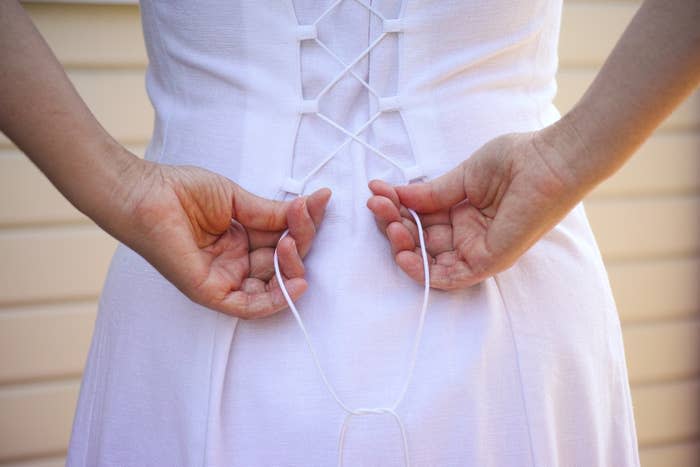
From arsenic being in literally everything to the radium-infused beauty products of the early 20th century, following trends could be a perilous endeavor. So let's hop in a time machine and take a look at 9 of the most dangerous (and deadly) fashion trends throughout history:
1.Green dresses:
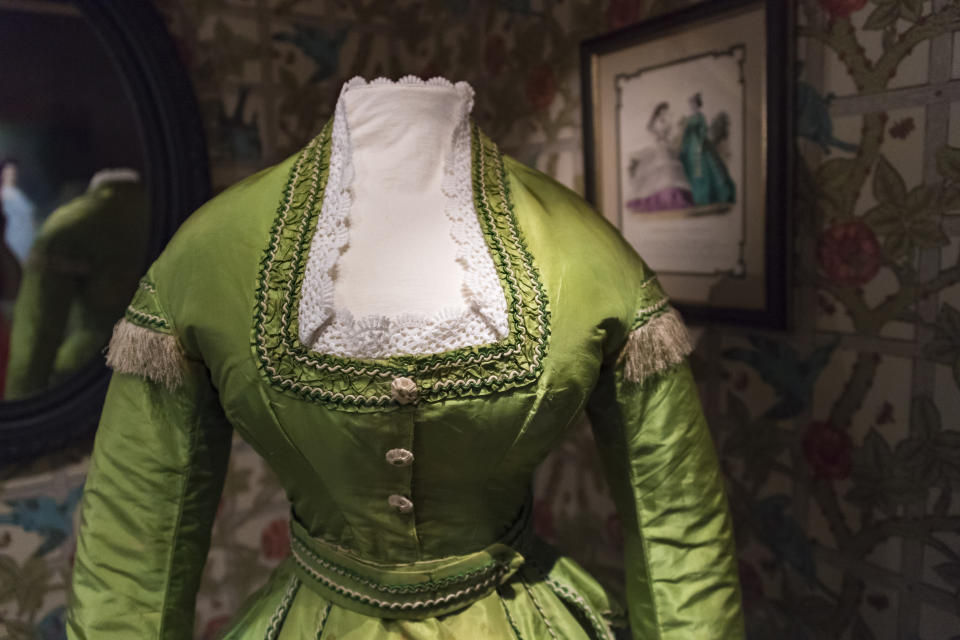
If green is your favorite color, you would have been in quite the pickle in the 19th century. Women everywhere were thrilled when a German business, the Wilhelm Dye and White Lead Company, marketed a gorgeous new shade of green dye for dresses that would stand out at parties. (The dye quickly became so popular that not only was it used for clothing, but it also became a favorite color for wallpaper and carpeting.)
The only holdup to this stunning new shade of green? It achieved its sheen by being coated in arsenic — which was already a known poison. People began experiencing severe health complications due to the poison, some of which included skin lesions and kidney and liver failure. One account of complications stated, “As late as 1871, a ‘lady who purchased a box of green-colored gloves at a well-known and respectable house’ suffered from repeated skin ulcerations around her fingernails until arsenical salts were detected."
However, it wasn't only deadly for those who chose to wear the poisonous color. Matilda Scheurer, a 19-year-old factory worker who was responsible for coating artificial flowers in green dye, died in a manner that terrified the general public. It was reported that she vomited “green waters” and that the whites of her eyes turned green as well before she eventually convulsed and passed away with “an expression of great anxiety.”
One would generally believe that reports like these would make the public think twice about their favorite green outfit...but that wasn't the case. Wearers believed that as long as they didn't lick the fabrics, their health wouldn't suffer. Doctors quickly figured out that the dye was harming — if not outright killing — people, with the British Medical Journal reporting, "Well may the fascinating wearer of it be called a killing creature. She actually carries in her skirts poison enough to slay the whole of the admirers she may meet with in half a dozen ball-rooms." However, as is sadly still the case in modern medical situations, many individuals believed doctors were lying.
It wasn't until almost the turn of the 20th century that the public's health concerns outweighed their love of fashion. Despite almost a century of tragic deaths, regulations were finally put into effect in 1895, at which point the rise of synthetic dyes made the move away from arsenic much easier for large companies.
2.Venetian ceruse:
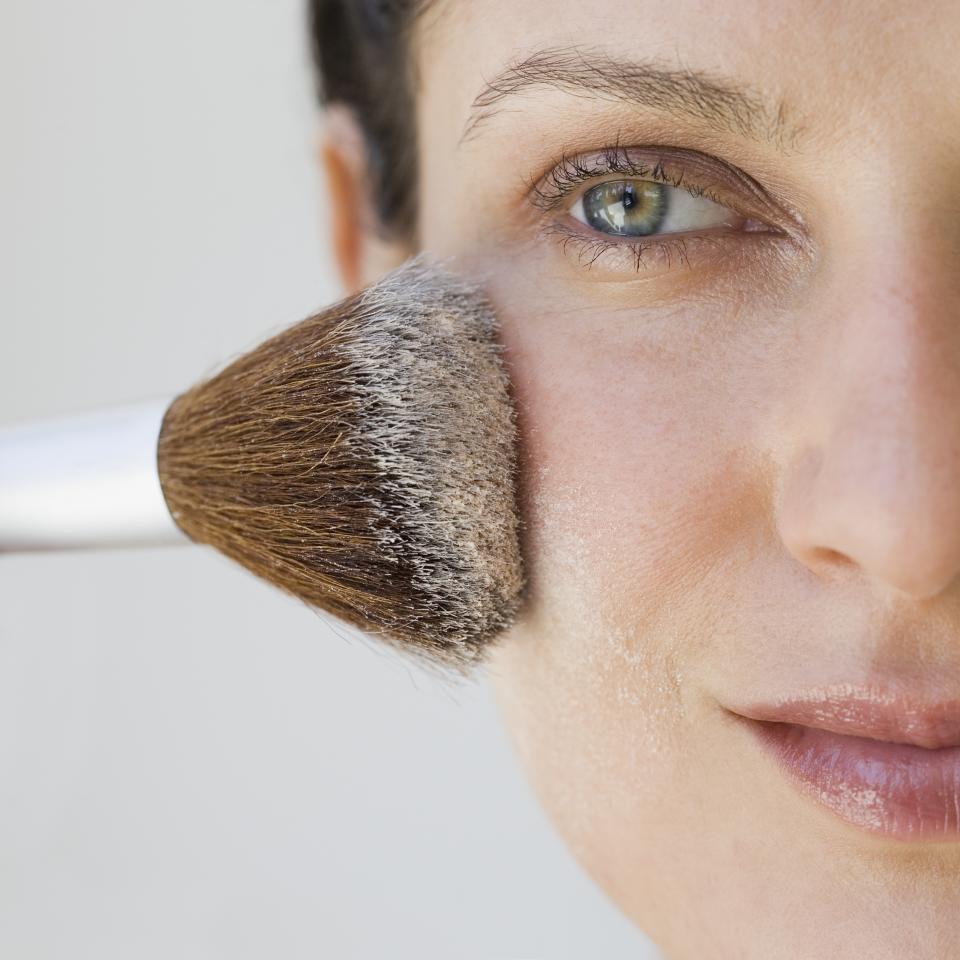
Venetian ceruse (aka Spirits of Saturn) was a highly sought-after skin whitening agent in the 16th century. The paste was used as a foundation to achieve the Elizabethan beauty standard of startlingly pale skin, which was viewed as an indicator of fertility and youthfulness. However, its ingredients were even more startling than the complexion it created. The ceruse was created using a combination of powdered white lead and vinegar. While the amounts of lead used in the powder were not immediately toxic, long-time, heavy users of the product experienced debilitating medical conditions — such as cognitive decline, loss of hair and teeth, and skin scarring and pitting.
Although many believe that Queen Elizabeth I was an avid user of the ceruse, this has never been historically proven in any royal accounts. One famous death attributed to Ceruse was that of 18th-century countess Maria Coventry, who died at 27 due to the effects of lead poisoning. The public deemed her passing "Death by Vanity."
3.Crinolines:

First introduced to Victorian England in 1850 by Empress Eugénie of France, crinolines quickly became all the rage in the fashion world. Typically made of horsehair, wool, or steel, the crinoline made it easy to achieve the desired look of full skirts. However, many women (and men, as well) perished in the name of fashion.
Most often, crinoline-related deaths were due to the underskirts' flammability. According to the Boston Daily Advertiser, such was the case for poet Henry Wadsworth Longfellow's wife, Frances, “While seated at her library table, making seals for the entertainment of her two youngest children, a match or piece of lighted paper caught her dress, and she was in a moment enveloped in flames.” The same fate awaited two of Oscar Wilde's sisters, as it was reported that they died after walking too close to an open flame while wearing crinoline-lined ball gowns.
However, crinolines caused tragedy in a variety of other ways, too. In 1864, an Irish newspaper reported the death of a factory worker who was mangled when a machine caught her crinoline, “Her dress was caught upon the shaft, and she was pulled to it, and revolved with the shaft two or three minutes before the machinery could be stopped. She was mortally injured in the spine. No limbs were broken. She died at home in two hours after the occurrence. A witness stated that her dress would not have been caught but for the crinoline pressing it out.”
Deaths due to crinoline were so prominent that the New York Times claimed, “an average of three deaths per week from crinolines in conflagration, ought to startle the most thoughtless of the privileged sex; and to make them, at least, extraordinarily careful in their movements and behaviour, if it fails… to deter them from adopting a fashion so fraught with peril."
However, these tragedies did nothing to deter individuals from wearing crinolines. It was only when the thinner "bustle" skirt came in style several years later that the fashion world forgot about crinolines.
4.Belladonna eye drops:
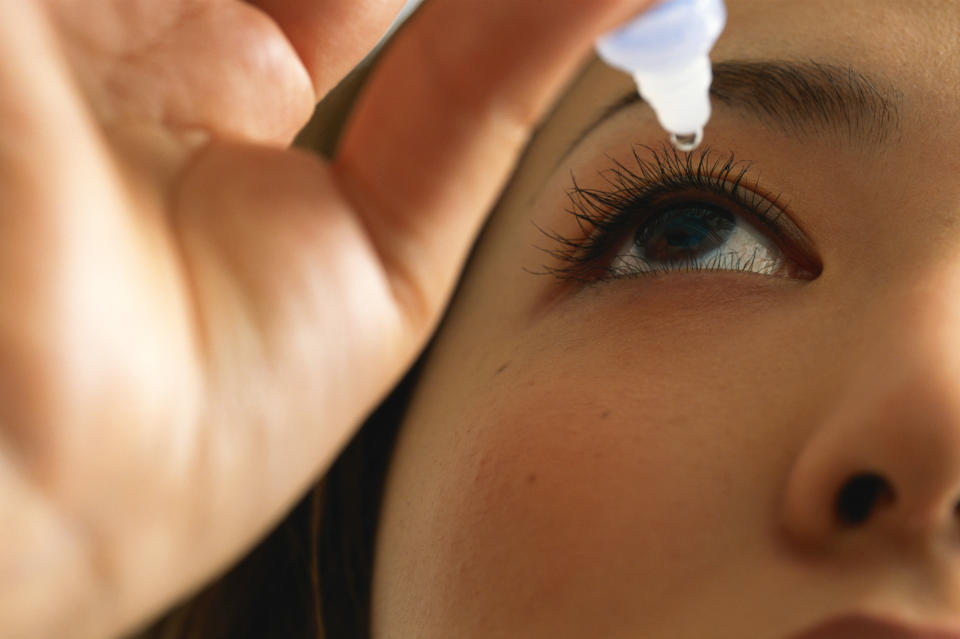
Dilated pupils were a much-desired look in the Renaissance, so much so that people began putting actual poison directly onto their eyeballs. It is believed that Venetian ladies of the court would squeeze a belladonna tincture into their eyes to achieve the fashionable dilation. Deadly nightshade (aka belladonna) is highly toxic, especially when in direct contact with the eyes.
Dilation was again desired in Victorian England as the "tuberculosis chic" look became prominent. According to perfumer and Victorian cosmetic researcher Alexis Karl, “the look of the consumptive was very desirable: the woman with the watery eyes and pale skin, which of course was from the cadaver in the throes of death.”
To achieve this watery-eyed look, women once again used eye drops. Some used drops made only of citrus or perfume, while others took things a step further by using the Renaissance method of belladonna. This did, indeed, give the user their desired dilation for a while...if you were okay with risking blindness (among many other health complications). Despite this, many individuals continued to risk their health and used the drops until the look presumably faded out of popularity.
5.Mercury-treated hats:

The term "mad hatter" existed for decades before Lewis Carroll wrote about the character in his novel Alice in Wonderland. Milliners (aka hatters) were indeed perceived as "mad" due to the mercury poisoning that affected them.
In the 18th and 19th centuries, mercury nitrate was a crucial ingredient in millinery, as it was used to turn animal fur into felt for hats. The process — known as "carroting" due to the nitrate's bright orange hue — required hatmakers to steam the animal fur with the mercury compound. Since workplace safety was non-existent in those days, the workers would breathe in the toxic vapors day in and day out, which in turn eventually led to a whole host of physical and mental complications. Danbury, Connecticut, a millinery mecca throughout the 19th and early 20th century, was so known for their "mad hatters" that mercury-induced tremors were actually coined the "Danbury shakes."
It wasn't until December 1, 1941, that the US Public Health Service officially declared that mercury could no longer be used in the hatmaking industry (in 26 states). Erethism, mercury poisoning that affects the brain and nervous system, is now referred to as "Mad Hatter's disease."
6.Edwardian collars:

Detachable collars, often known as "Edwardian" collars, were a game-changer for men in the 19th century. Thanks to their detachability, men no longer had to change their shirts daily. However, many wearers of this trend would often starch said collars to a deadly stiffness.
Such was the case for a man named John Cruetzi, who was found dead on a park bench in 1888 — due to the fact that he had worn his detachable collar during a night on the town. The New York Times reported, "the Coroner thought the man had been drinking, seated himself on a bench, and fell asleep. His head dropped over on his chest and then his stiff collar stopped the windpipe and checked the flow of blood through the already contracted veins, causing the death to ensue from asphyxia and apoplexy."
Fashionably Fatal author Summer Strevens told the BBC that this unusual death was a somewhat common occurrence, “They [the detachable collars] were called ‘father killer’, or ‘Vatermörder’ in German. They could cut off the blood supply to the carotid artery. Edwardian men would wear them as a fashion accessory — they’d go to their gentleman’s club, have a few glasses of port and nod off in a winged armchair, with their heads tilted forward. They actually suffocated.”
7.Chopines:
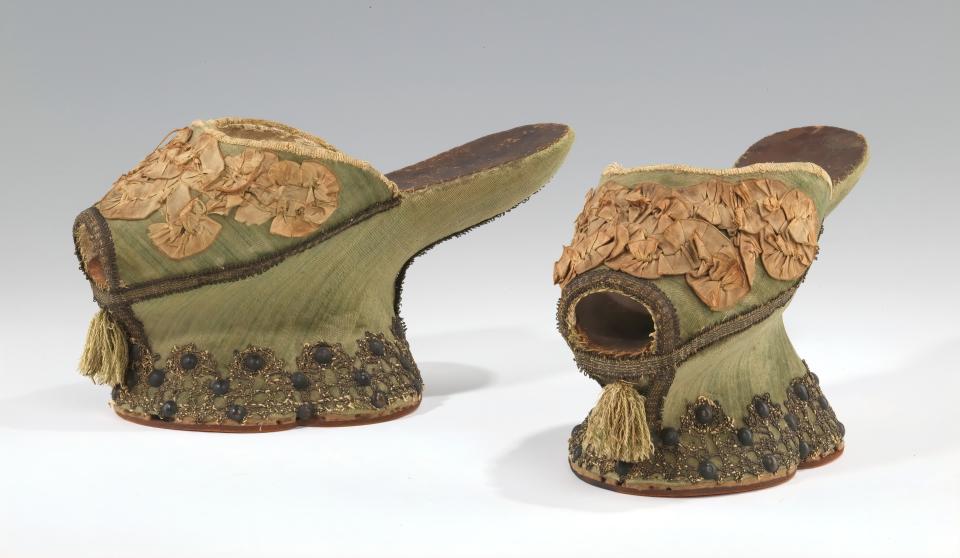
Chopines (the historical equivalent of a platform shoe) became extremely popular with Venetian women in both the Medieval and Renaissance periods. The elevated, open-backed footwear (often made of expensive materials) was worn to keep one's finer clothing out of the muck that lined many streets. Although both men and women were known to wear chopines, women were known for wearing the most bizarre variations of the shoes. These "stilts" — which sometimes measured up to 30 inches in height — were viewed as a way to reinforce the notion that the female wearer was above common things and showcase her "nobility" and grandeur. They were also used as a method of patriarchal control due to the fact that the wearer could not venture out alone, as the instability of chopines required assistance from others (aka men) to walk.
Margo DeMello's book, Feet and Footwear: A Cultural Encyclopedia, stated that due to reports of many women falling off their chopines (as well as the cost and materials required to produce stilted footwear), Venice passed a series of sumptuary laws between the 14th and 16th centuries. In the late 14th century, men were banned from wearing chopines. By 1430, it was decreed that chopines were restricted to staying under 3 inches in height; however, this rule was largely ignored, as demonstrated by the staggering heights the shoes continued to reach in the following centuries.
8.Radioactive makeup:
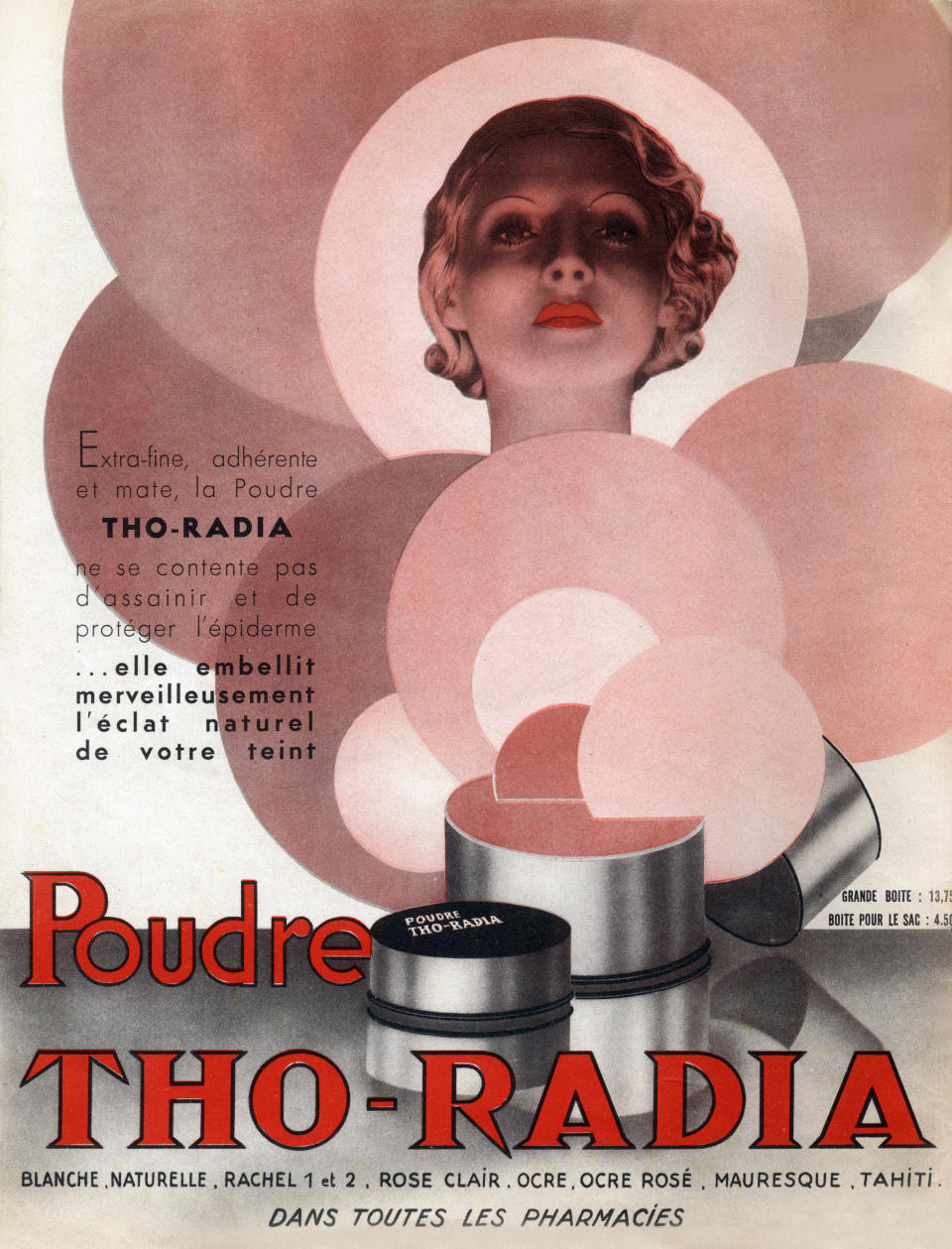
Cashing in on the radium fad of the early 20th century, pharmacist Alexis Moussalli developed Tho-Radia, cosmetics containing the radioactive elements thorium and radium. It was billed as a “scientific beauty product” and marketed to firm muscle tissue, smooth wrinkles, and improve circulation. Moussalli brought on Albert Curie, a physician — who, though by no relation, fortunately, had the same last name as Marie and Pierre Curie — to add his "Curie" stamp of approval to the dangerous product.
However, people had not yet realized that radium was lethal, as Georgetown associate professor Timothy J. Jorgenson told CNN, “Before people started to fear radioactivity, all they seemed to know about it was that it contained energy. There were implications that the energy would help your teeth if they put it in toothpaste and give you a glowing expression if they put it in facial cream. But there really wasn’t any science to show that it was true.”
The product — created in Paris — was widely popular until 1937, when the French government restricted products containing thorium and radium. From then on, Tho-Radia dropped the deadly ingredients and eventually faded into obscurity.
9.Corsets:
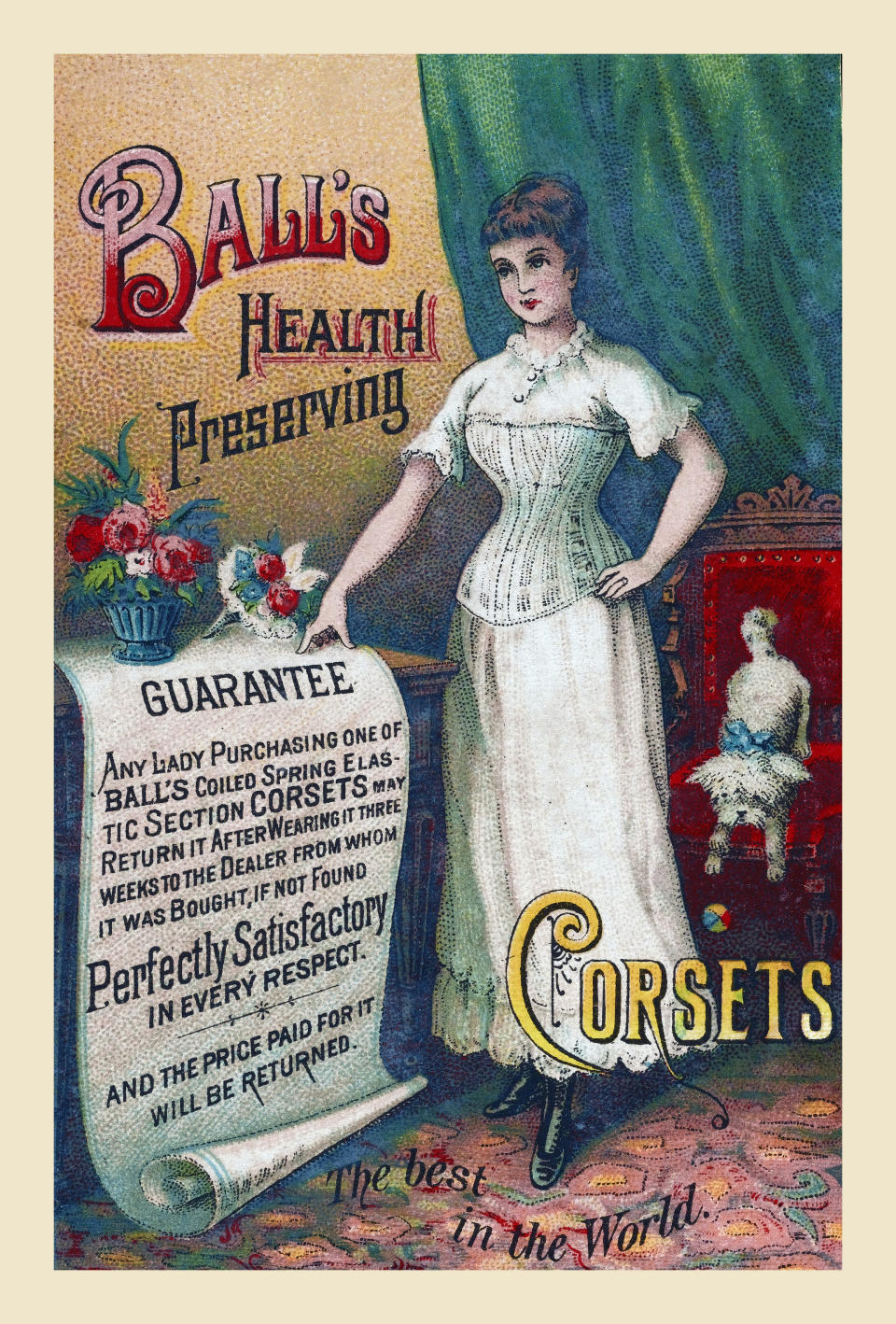
Popularized in 16th-century England, the corset was a wardrobe staple from the Elizabethan to the Victorian Era. As anthropologist Rebecca Gibson explained to Forbes, "Women wore corsets to shape their bodies away from nature and toward a more 'civilized' ideal form. A woman would wear her corset for almost her entire life." This was, indeed, true — during the height of their popularity, corsets were even worn during childhood and modified versions were available to pregnant individuals.
It should be noted that corsets are not inherently dangerous and, if worn correctly, should not be uncomfortable. However, after the introduction of metal lacing eyelets in 1828, many women increased their corset tightening to new levels to achieve the "hourglass" ideal. With this invention, the waist could be tightened to an extremely harmful 17 inches.
In Fashionably Fatal, Summer Strevens noted, “corsets caused indigestion, constipation, frequent fainting from difficulty in breathing and even internal bleeding… inhibited breathing, giving rise to the Victorian ‘heaving bosom’, was indicative of pressure upon the lungs, while the other internal organs, forced to shift from their natural position to accommodate the new skeletal shape, were subject to damage.”
Not only were women's bodies permanently damaged from corsets, but deaths also occurred due to the injuries sustained from over-lacing. In 1903, the New York Times revealed the cause of death for 42-year-old Mary Halliday, who was originally thought to have had a fatal seizure, “two pieces of corset steel were found in her heart, their total length being eight and three-quarter inches. Where they rubbed together the ends were worn to a razor edge by the movement of her body.”
The popularity of corsets began to fade after World War I due to the rise of the flapper movement, which focused on a more androgynous body shape.
Which one of these deadly fashion fads surprised you the most? Do you know of any other dangerous historical trends? Let us know in the comments!


